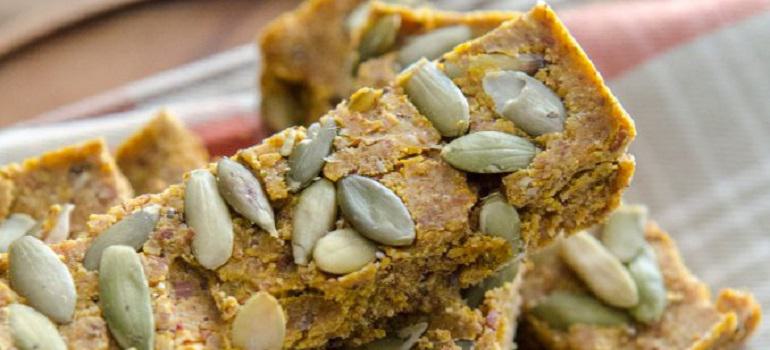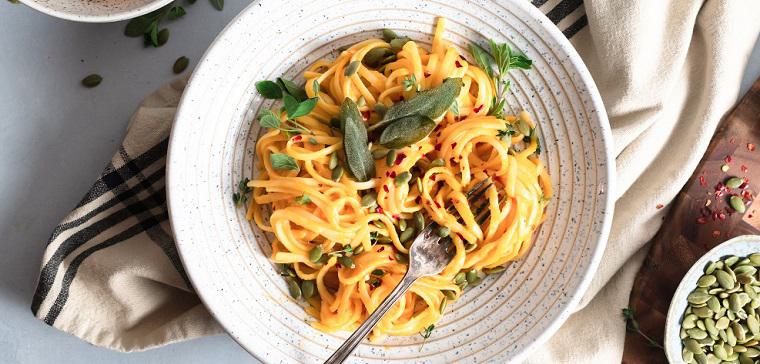




 Whether you plan on using one variety of squash seeds, or many, you might wonder how long it takes each to roast. As mentioned above, different squash seeds will vary in size and texture. However, this doesn't typically affect their roasting time by much. When substituting one type of squash seed for another, note the type of seed that the recipe suggests. Then, determine if your seed is smaller or larger than the suggested seed. Smaller seeds will cook more quickly, whereas larger seeds will require longer cooking times. However, the difference is a matter of minutes. When roasting squash seeds, we recommend starting with a roast time of five minutes and checking them periodically until they begin to brown. The goal is to produce a seed that is crisp and salty. A seed that has cooked too long will be burned with a charred flavor and may even end up soggy.
Whether you plan on using one variety of squash seeds, or many, you might wonder how long it takes each to roast. As mentioned above, different squash seeds will vary in size and texture. However, this doesn't typically affect their roasting time by much. When substituting one type of squash seed for another, note the type of seed that the recipe suggests. Then, determine if your seed is smaller or larger than the suggested seed. Smaller seeds will cook more quickly, whereas larger seeds will require longer cooking times. However, the difference is a matter of minutes. When roasting squash seeds, we recommend starting with a roast time of five minutes and checking them periodically until they begin to brown. The goal is to produce a seed that is crisp and salty. A seed that has cooked too long will be burned with a charred flavor and may even end up soggy.